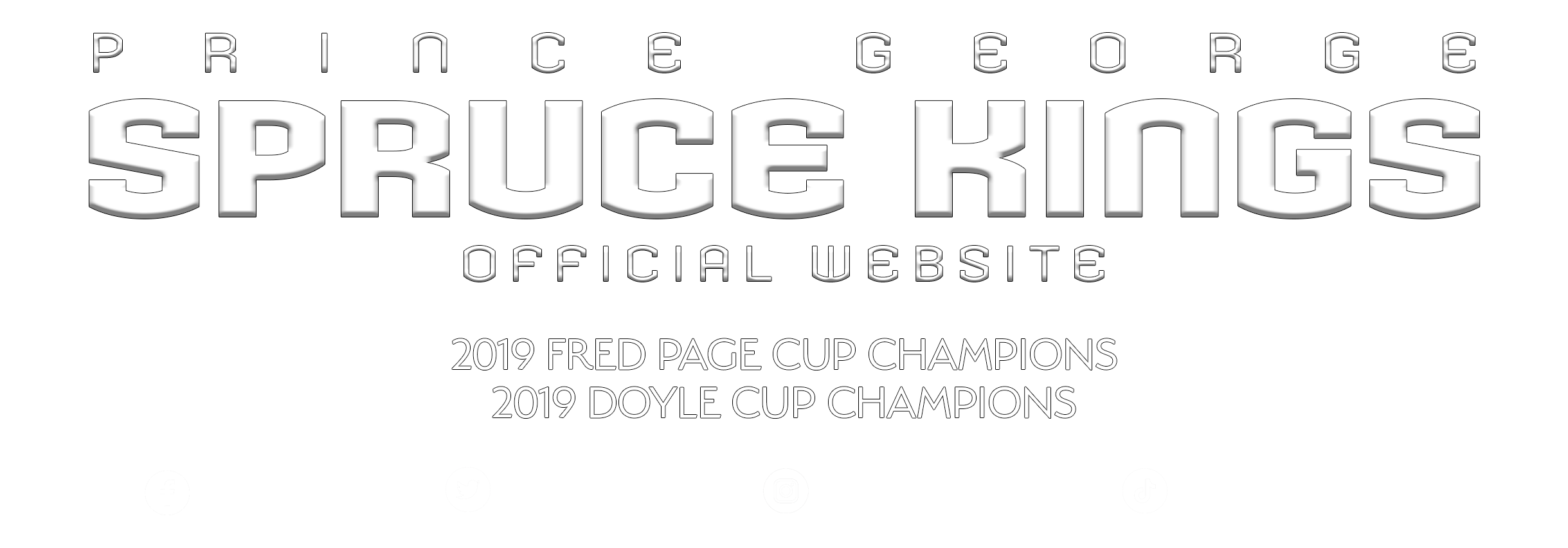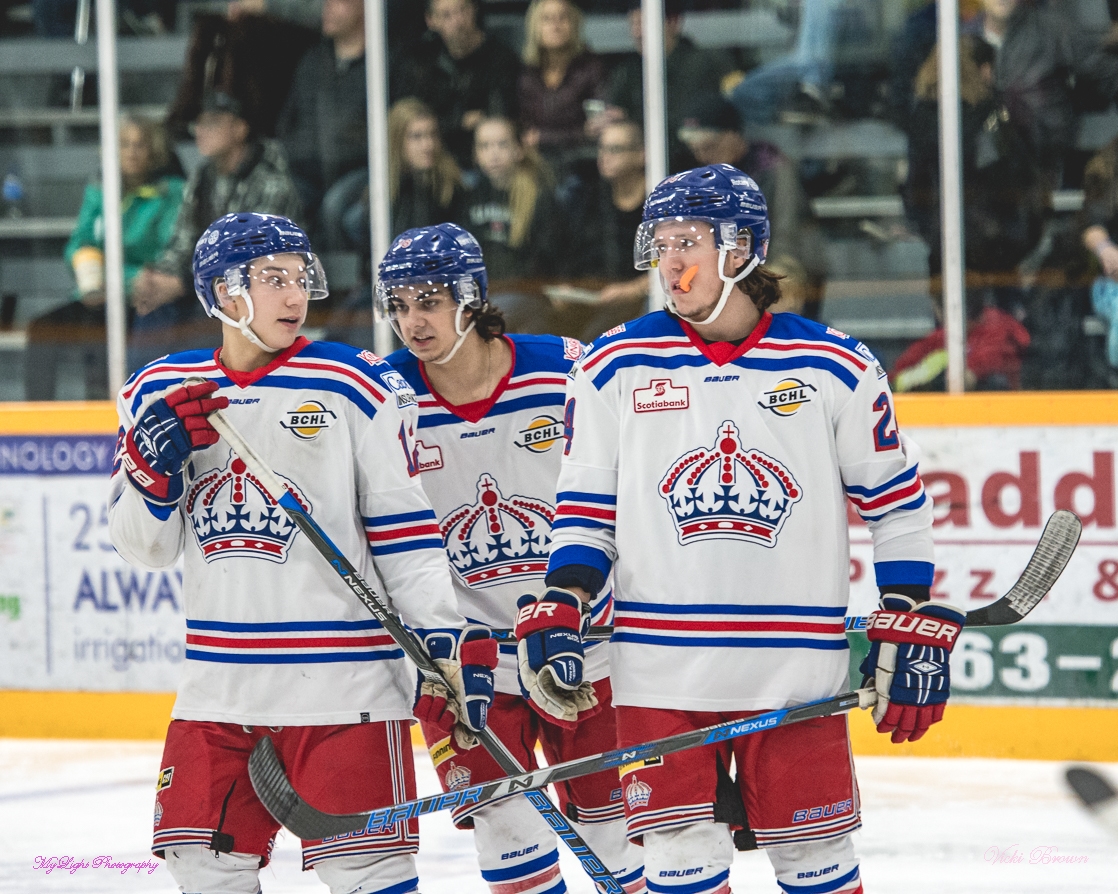The Prince George Spruce Kings will be using a new app this season to help protect their players from the effects of blows to the head.
Fans might be puzzled to see trainers, the coach and other staff on their smart phones or tablets on the bench this season, Adam Maglio, Spruce Kings head coach, said, to consult the HeadCheck app.
When any player experiences a blow to the head on the ice, the response will be to do a HeadCheck on the bench.
“It’s not going to be so much me, but our trainer, that will be using the new technology,” Maglio said.
Standardized concussion testing will be used throughout the B.C. Hockey League (BCHL) come September.
Ex-National Hockey League player Kyle Wellwood brought the idea of the HeadCheck app to league commissioner John Grisdale last spring.
When Grisdale proposed the sideline concussion testing and management program to the BCHL board, the decision to implement the program was set in motion.
The BCHL is covering the cost of the program.
“It was expensive but we’re investing in it and it’s well worth it, we feel,” Grisdale said but declined to reveal the cost of the program.
In the past, the league used a paper trail to document any head trauma to a hockey player.
With HeadCheck all the information is documented in an electronically recorded program that provides access by coaches, trainers, physiotherapists, and even the player’s parents, said Grisdale.
The program is accessed through Apple and Android devices and allows users to run baseline, post-injury and return-to-play concussion assessments on the sidelines of games and practices.
With evidence-based science, HeadCheck tracks concussions of athletes and offers immediate comparison to previous test results.
“So all players will be tested in September,” Grisdale said. “And using the HeadCheck app it’s quite a simplified process.”
That will provide the baseline assessment providing information about each player that can be compared to any future test results.
“Baseline testing is obviously really important for the guys coming in,” Maglio said.
“It’s a good comprehensive platform, which is going to allow our trainer to assess any blows to the head and compare it to the baseline test.
Then there will be less gray area from the trainer’s end.
Is the player fit to play and how did the testing after the blow to the head match up with the baseline test?
So it’s for the safety of our players, especially from a coaching perspective.
We’ll feel a lot more comfortable putting them back on the ice.”
In the past, coaches and trainers would rely on assurances from the player that he was fit to play and that’s where the gray area comes in for Maglio, he added.
The new testing method will eliminate a lot of the doubt of the fitness of the player after a head shot.
“So, from the coaches’ end, it’s fantastic for us because we can make quick decisions about if they’re ready and able to play or if in fact they do have a concussion then our trainer can then follow that protocol where they’re removed from the game,” Maglio said.
When that happens, players immediately go through Hockey Canada’s six steps to recovery program led by a doctor, added Grisdale.
And all that information is put on the athlete’s HeadCheck profile.
“It’s a much more progressive way to do it, much more proactive way to do it,” Grisdale said.
Research that’s come out lately has proven that concussions are very serious, he added.
“So for the league to take this kind of step and put emphasis on the importance of being able to assess concussions and symptoms it’s important for the longevity of our players in the game,” Maglio said.
“So I think these safety steps are really beneficial to the players and the coaches and now we’ll feel much more comfortable putting our players back on the ice and not affecting something that could be devastating long term.”
The program will track the concussion health of athletes and uses standardized concussion tests to check symptoms including balance, vision, motor and cognitive function, and other key factors which are indicators of a concussion.
The information gathered will be enough to make the decision to allow the player to get back in the game or not.
The documented information is also transferable when the player moves into another league.
In keeping with all the research that addresses how concussions affect athletes, BCHL referees assess a major penalty for a blow to the head to offending players who strike another in the head, which is five minutes in the penalty box and an automatic game suspension.
“What we’re trying to do as a league, as every league is in hockey for sure, is trying to eliminate those players who play on the edge, who are dangerous players that focus on head hits,” Grisdale said.
“So you’ll see the elimination of the elbowing penalty already in our game, you’ll see high-sticking and they will all be referred to as blows to the head (penalties).”
The number of these types of hit needs to be reduced, he added.
“Somehow we’ve got to reduce those instances of dangerous play where players should be cognizant that this type of illegal hit could cause this type of injury,” Grisdale said.
– with files from Christine Hinzmann, Prince George Citizen
























